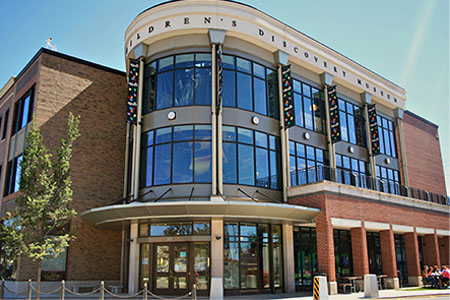The Faces behind the 2020 Census
Written by WZND Newsroom on September 8, 2020
NORMAL, Ill.- The Election year is just around the corner, but the 2020 Census helps decide just how many elected officials are elected to represent us. The Census doesn’t just happen, data collection and the faces behind the scenes have been working to get the numbers.
The Census is required by the U.S. Constitution to occur every 10 years. It is organized by the Census Bureau which is a federal government agency. Households report, usually, through an online form but can also do it via a paper form or in-person if a Census enumerator comes to your door.
How does one gather census data?
The data a household reports is pretty basic – names, birthdates, race, gender. It only takes about 10 minutes. “It can be more challenging for college students if they don’t know some of that info about their roommates, but even then some answers can be skipped,” said Center for Community Engagement and Service Learning Assistant Director Harriett Steinbach.
Why is the Census important? In the spring Steinbach worked with Student Government Association and they came up with student specific reasons why the Census matters.
Student Reasons
1. The 2020 Census will be used to disperse more than $675 billion dollars in federal funding
2. This means funding for infrastructure which are things like roads and 5-G internet
3. And Pell Grant funding for students.
4. Affordable housing programs in our community
5. And mental health services to help everyone
6. The 2020 Census can help Connect Transit so you can get around town
7. Census data helps businesses decide to locate close to campus and easily accessible for you!
8. It will help lift people out of poverty
9. And ensure critical services for folks with disabilities
10. It will also help decide how many elected officials we get to send to Washington DC to represent us!
Steinbach works for ISU’s Center for Community Engagement and Service Learning.

Photo courtesy to ISU
“We were the department tasked with taking the lead for the ISU census efforts this year, although it was a collaborative efforts as several offices were involved – University Housing Services, Registrar’s Office, Sorority and Fraternity Life, etc,” said Steinbach.
In April, ISU Housing was able to submit directory-level information (this is the only information ISU is allowed to release, so not everything the Census Bureau requests e.g. race) for all students that lived in University housing.
“We were running some marketing campaigns in April to get off-campus students report,” said Steinbach. “We estimate about 20% of off-campus students did that.”
The Census Bureau made some changes in the summer to try and better collect data in college towns since COVID really was impacting data collection. This allowed ISU to submit directory-level information that it had access to for students who did not live in University Housing. That was about 6800 students.
How should students count themselves? Hometown or for McLean County?
Students should count themselves where they live most of the year and where they would have lived on April 1 had COVID not happened. McLean County is usually the answer.




